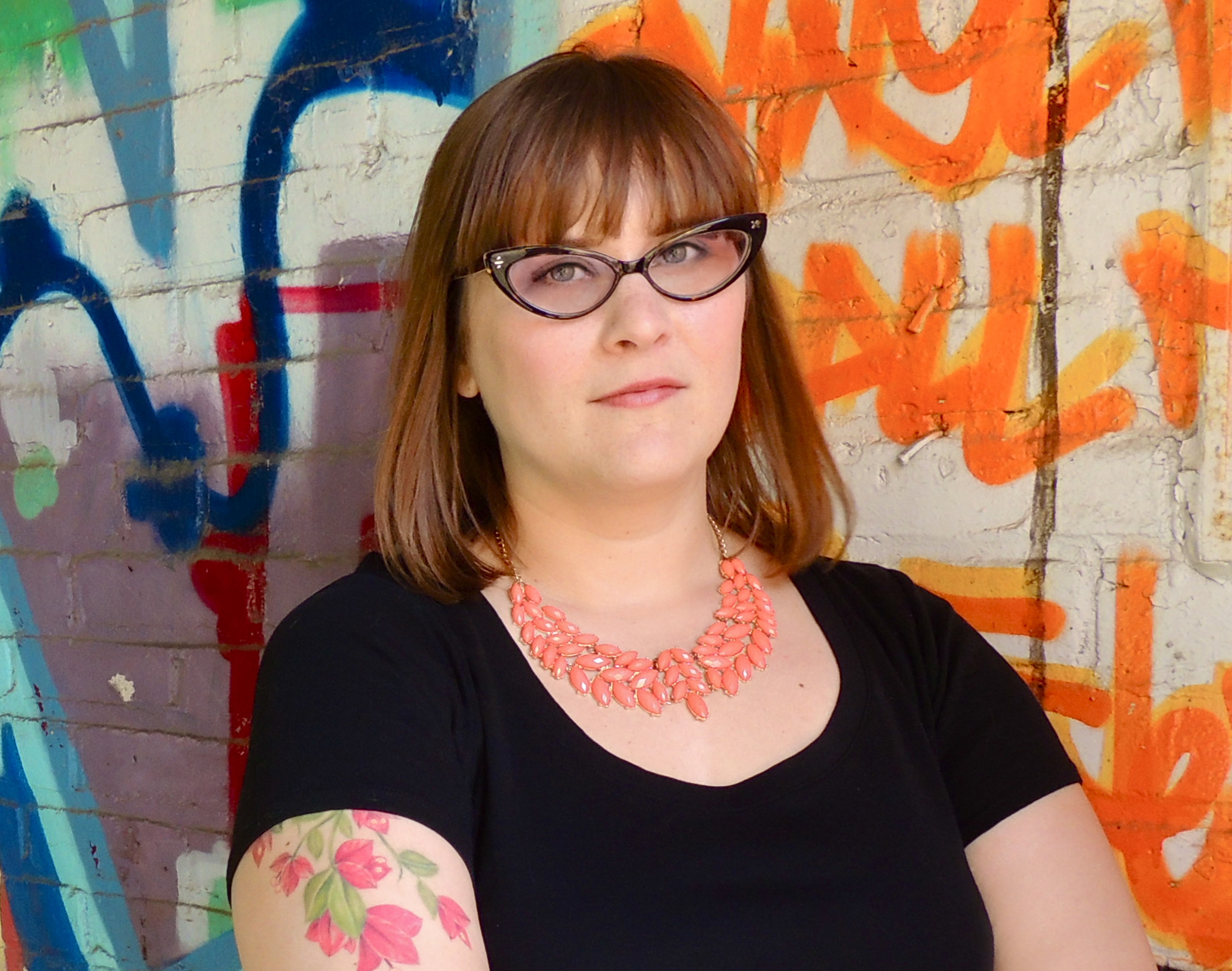This post originally appeared at Inequality by (Interior) Design on March 15, 2014
__________________
 Photographer Gabriele Galimberti’s project on children around the world depicted with their most prized possessions was recently published. It’s an adorable set of photos of children with odd collections of items they feel define them. The photos are collected in a volume—Toy Stories: Photos of Children From Around the World and Their Favorite Things.
Photographer Gabriele Galimberti’s project on children around the world depicted with their most prized possessions was recently published. It’s an adorable set of photos of children with odd collections of items they feel define them. The photos are collected in a volume—Toy Stories: Photos of Children From Around the World and Their Favorite Things.
Initially, I was reminded of JeungMee Yoon’s “The Pink and Blue Project” (here), where she took pictures of girls surrounded by all of the pink things they owned and boys surrounded by their blue clothes, toys, and décor. Some of what struck me was the global uniformity in the objects surrounding children. It’s a powerful statement of globalization to see that children are growing up all around the world with some of the same cultural influences: from characters, to colors, to cars and weapons, and more.
 But, at a larger level, I think this project reflects one way we like to think about identity: that each of us has one of them and that it is established early on and that it (or elements of “it”) stick, such that we can recognize vestiges of our childhood identities in our adult selves. Indeed, when I’m explaining Freud to students, I often start by summarizing what I take as Freud’s central insight—“Life history matters.” It matters for who we are, who we might become, and more. But, “life history” is rarely captured in a snap-shot. We think of it this way–but out identities are projects that unfold in time. Some things make larger marks than others, but identifying exactly what is important and why is often more difficult than we like to think.
But, at a larger level, I think this project reflects one way we like to think about identity: that each of us has one of them and that it is established early on and that it (or elements of “it”) stick, such that we can recognize vestiges of our childhood identities in our adult selves. Indeed, when I’m explaining Freud to students, I often start by summarizing what I take as Freud’s central insight—“Life history matters.” It matters for who we are, who we might become, and more. But, “life history” is rarely captured in a snap-shot. We think of it this way–but out identities are projects that unfold in time. Some things make larger marks than others, but identifying exactly what is important and why is often more difficult than we like to think.
 Galimberti’s project is wonderful and the pictures vividly capture a moment in a child’s life. I’ve often looked for signs of who my first child might become in some of his early interests. For a while, he was much more interested in cooking utensils than toys. We actually brought a pasta claw on a plane once to distract him during a flight agreeing that the pasta claw was our best option at the time. I have all sorts of pictures of my son playing with wooden spoons, spatulas, whisks, and more when he was just learning to crawl. And if he turns out to be a chef some day, I can imagine pulling these out and saying, “You know, he was always interested in this. He was born to be bake.”
Galimberti’s project is wonderful and the pictures vividly capture a moment in a child’s life. I’ve often looked for signs of who my first child might become in some of his early interests. For a while, he was much more interested in cooking utensils than toys. We actually brought a pasta claw on a plane once to distract him during a flight agreeing that the pasta claw was our best option at the time. I have all sorts of pictures of my son playing with wooden spoons, spatulas, whisks, and more when he was just learning to crawl. And if he turns out to be a chef some day, I can imagine pulling these out and saying, “You know, he was always interested in this. He was born to be bake.”
 I caught myself wondering what my son would have pulled off the shelf to display were he included in Galimberti’s project—or, indeed, what I’d pull off the shelf for him if I were asked to identify his most prized possessions. Today, for instance, I think I’d select a truck or two, his heart wand, a blown-up balloon, a rubber spatula, his grocery cart, an assortment of rainbow colored wash clothes, a few of his stuffed animals, a toy train, perhaps one of his dolls, and I’d probably include a hodge-podge of his favorite books. But, the most important word in the last sentence isn’t one of the objects I selected; it’s the word “today.” If you asked me a week ago, I’d have a slightly different answer—a month ago, I might have had a completely different answer.
I caught myself wondering what my son would have pulled off the shelf to display were he included in Galimberti’s project—or, indeed, what I’d pull off the shelf for him if I were asked to identify his most prized possessions. Today, for instance, I think I’d select a truck or two, his heart wand, a blown-up balloon, a rubber spatula, his grocery cart, an assortment of rainbow colored wash clothes, a few of his stuffed animals, a toy train, perhaps one of his dolls, and I’d probably include a hodge-podge of his favorite books. But, the most important word in the last sentence isn’t one of the objects I selected; it’s the word “today.” If you asked me a week ago, I’d have a slightly different answer—a month ago, I might have had a completely different answer.
 The photo series reflects a bias against an understanding of identities as flexible projects—an issue that is, perhaps, best illustrated in childhood. Every morning, I have a discussion with my partner about what we’re having for dinner that evening. We’re both mentally planning on what the end of the day is going to look like. But, our son has picked up on this and loves talking about dinner each morning as well. Sometimes he asks me what our evening meal will be when I get him up in the morning. But, often, when we get to the meal, he declares: “I love ____________. ____________ is my favorite!” Not every dinner (or book, or toy, or experience, or…) is his “favorite,” but it’s more often the case than not.
The photo series reflects a bias against an understanding of identities as flexible projects—an issue that is, perhaps, best illustrated in childhood. Every morning, I have a discussion with my partner about what we’re having for dinner that evening. We’re both mentally planning on what the end of the day is going to look like. But, our son has picked up on this and loves talking about dinner each morning as well. Sometimes he asks me what our evening meal will be when I get him up in the morning. But, often, when we get to the meal, he declares: “I love ____________. ____________ is my favorite!” Not every dinner (or book, or toy, or experience, or…) is his “favorite,” but it’s more often the case than not.
One way of explaining this would be to say that he doesn’t understand what “favorite” means—we like to think you can have lots of things you like, but only one “favorite.” But, I think if he could articulate it, he’d either say that he has more than one favorite, that everything is his favorite, or that his “favorite” is, like mine, a continuously evolving category that changes depending on his mood, the time of day, what he’s wearing, how he feels, who he talked to that day, what he’s reading right now, and more. His identity is no different from the rest of us. It’s a work in progress—and that is a beautiful thing.
Gabriele Galimberti came up with this project, not the children he photographed. I love the pictures. He asked them to select their most prized possessions; they didn’t ask themselves. Galimberti has a talent for capturing these children’s spirits—at least in that moment. But, how to read these photos or what these photographs actually mean about the children they depict is another question entirely.
When we create our own narratives, thinking through the people we “know” ourselves to be, it’s not uncommon to say, “Well, I’ve always liked ______________” or “Ever since I can remember, I was a _________________ person. It’s just who I am.” But, for every instance of identifying moments in childhood we feel like stand out as representative of who we are are a series of moments that might have been identified as meaningful had we turned out to be someone different altogether.
I grew up with two sisters. So, it wasn’t uncommon for the three of us to play games together, organized primarily by my eldest sister. We’d play dress-up and I can remember wearing tutus, dresses, and all sorts of feminine attire. My parents took a great picture of the three of us in our back yard—all in “girl” one-piece bathing suits. I’m sandwiched between them. My dad has the picture in a photo album at home with the caption “My son the gender scholar!” next to it. I imagine if I’d gone on to later identify as a woman, this picture might have been intensely meaningful to me. Indeed, the blog “Born this Way” collects childhood pictures of gay men and lesbians who identify their sexual identities as shining through when they were children–often in the form of some gender transgressive outfit, haircut, pose, or activity. Today I like the photo of my sisters and me in “girl” bathing suits because I like to think it represents my spark and my passion for questioning boundaries. But, there are many more photographs of me playing with sling shots, water guns, and all manner of “boy” toys that my parents and I might not identify as important parts of my identity today—though perhaps we should.
We allow children to “play” with identity much more than we allow others. But, even children’s identity play is limited and limiting when we ask them to take a stand for who they are early on. Perhaps there’s something important about having 17 “favorite” dinners that we ought to preserve–it allows kids to recognize their various selves and acknowledge their capacity to change, shift, and change back again.
When I haphazardly label my son lately, I always get called out. If I say, “Look at you. You’re a dancer” when we’re jumping around in the evenings, Ciaran looks at me and says, “I no dancer, Dada. I Ciaran.” He might think I’m suggesting “Dancer” is his name. But, maybe he’s just resisting being boxed in, and maybe I should be listening.

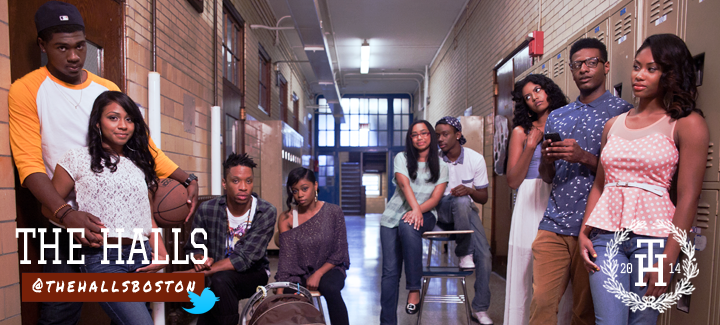
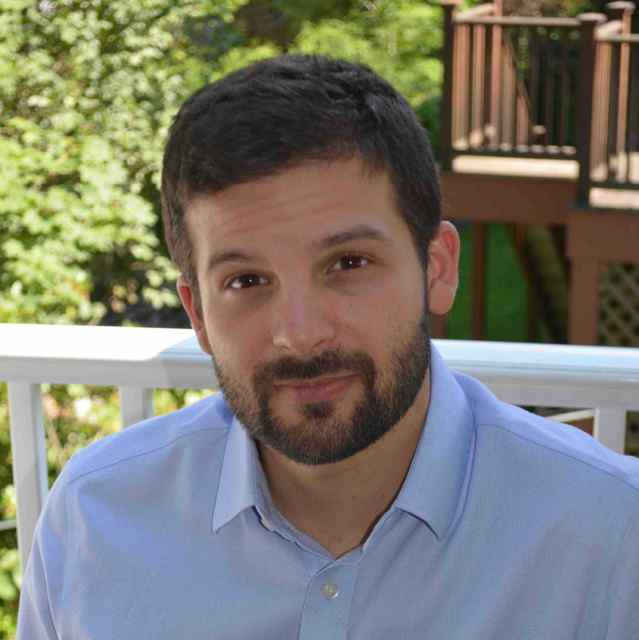
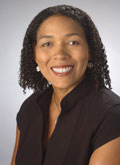
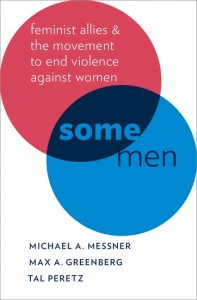
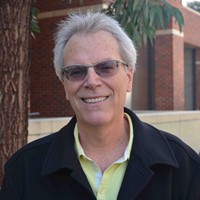
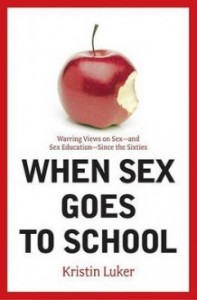
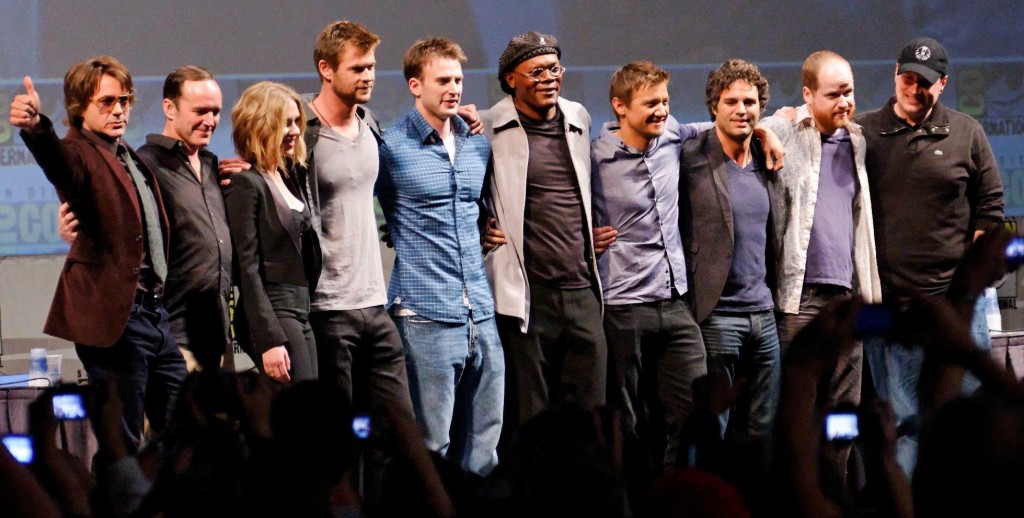
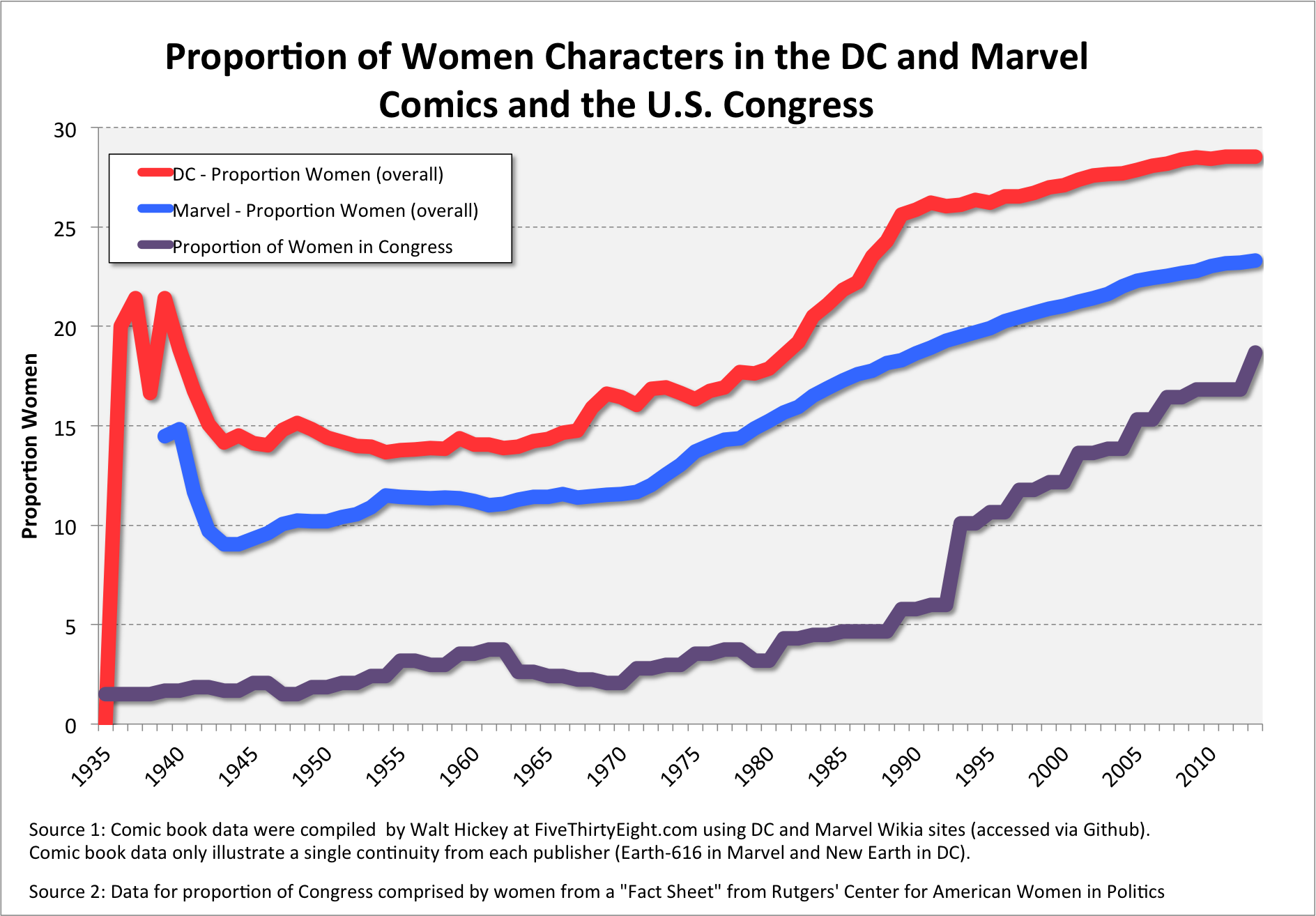
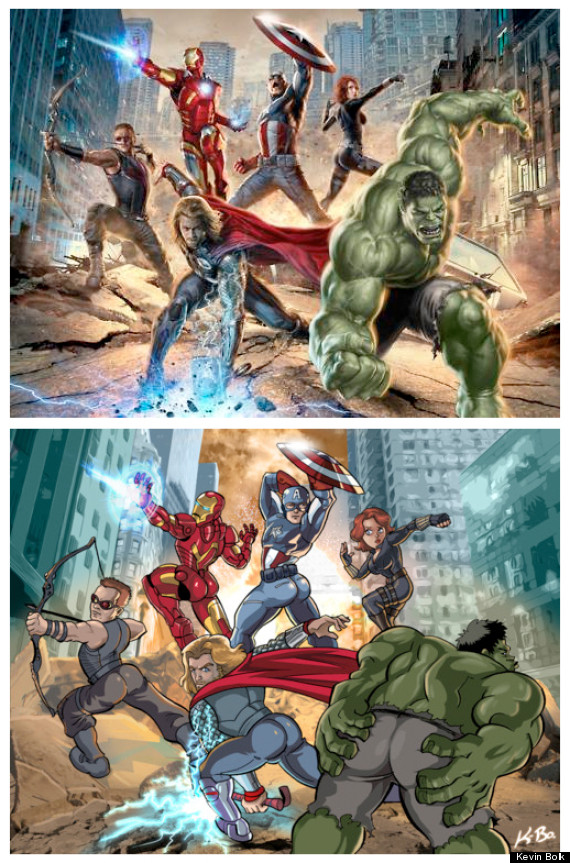
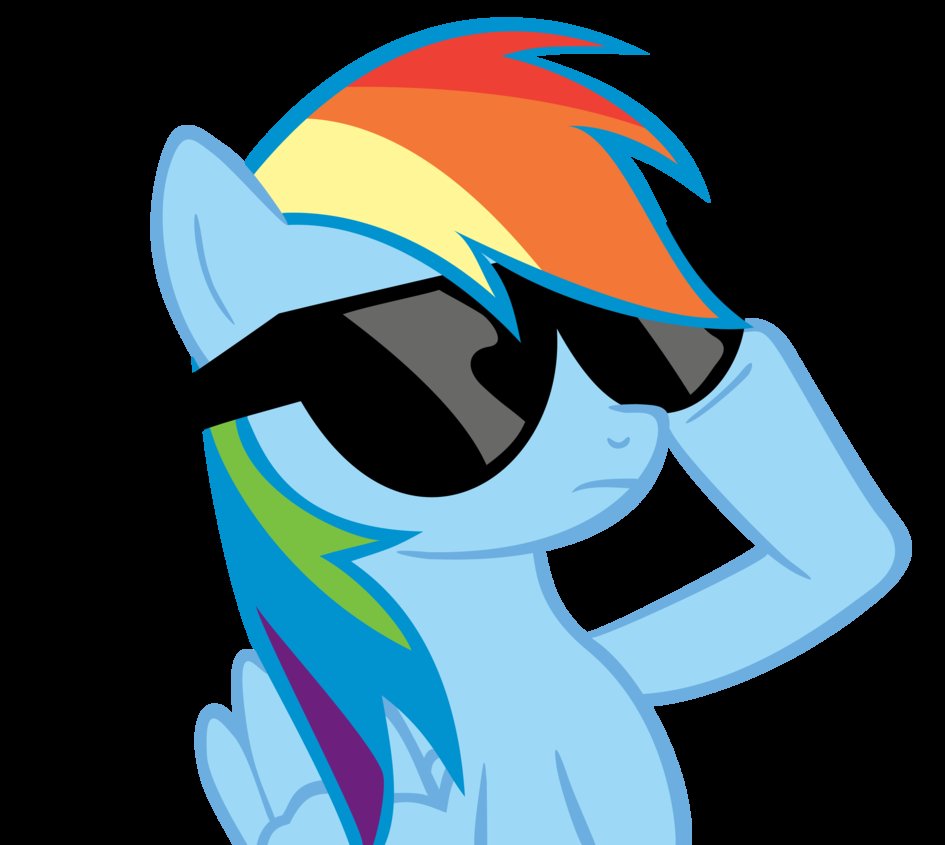

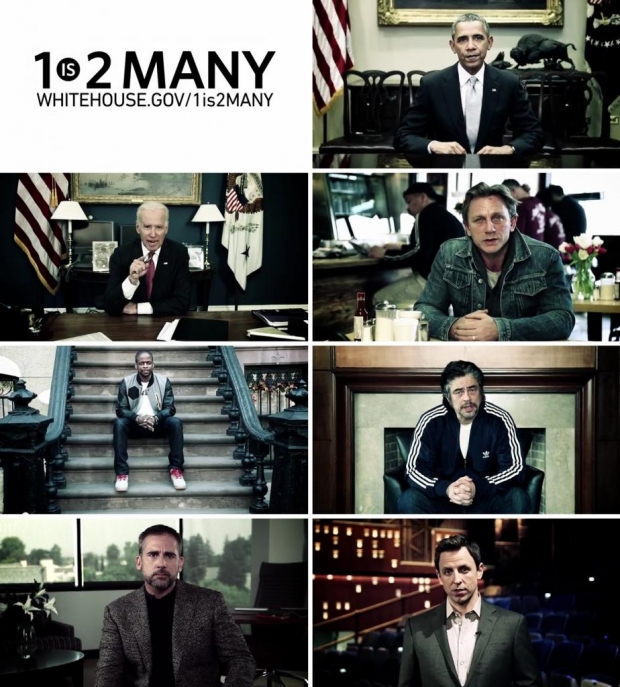
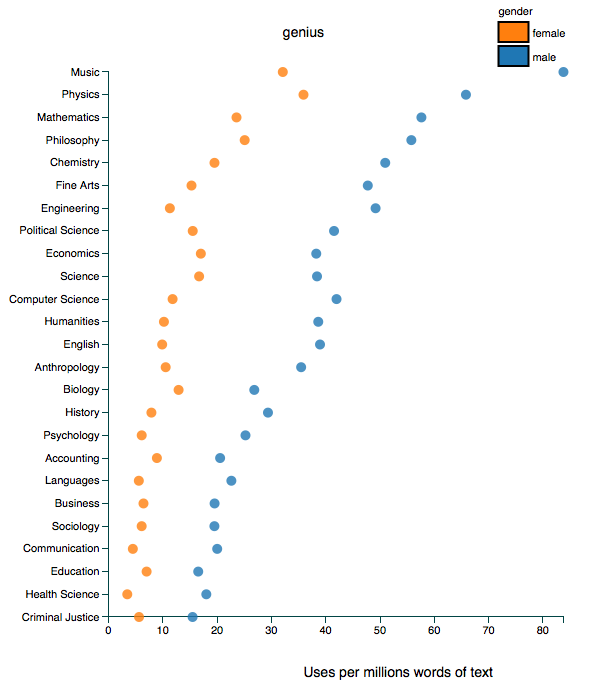
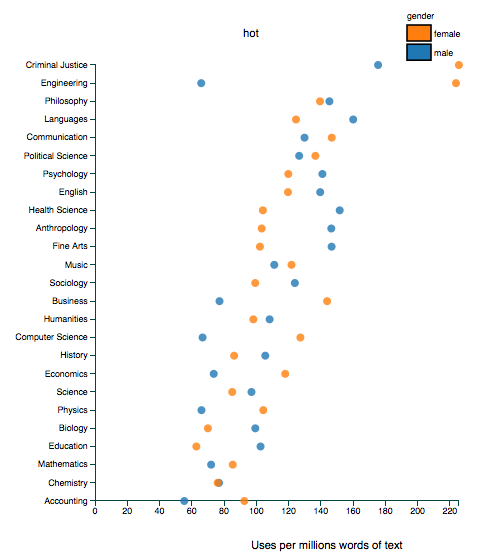
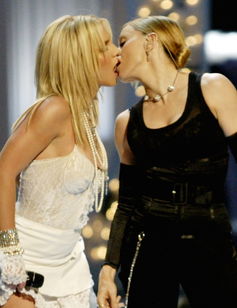
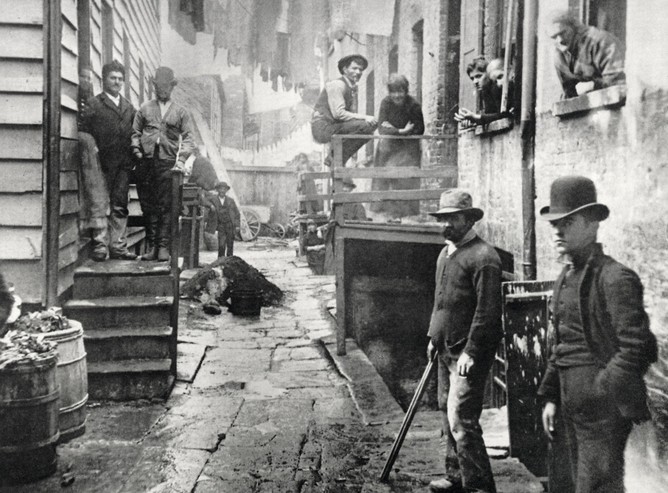
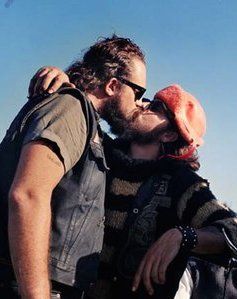
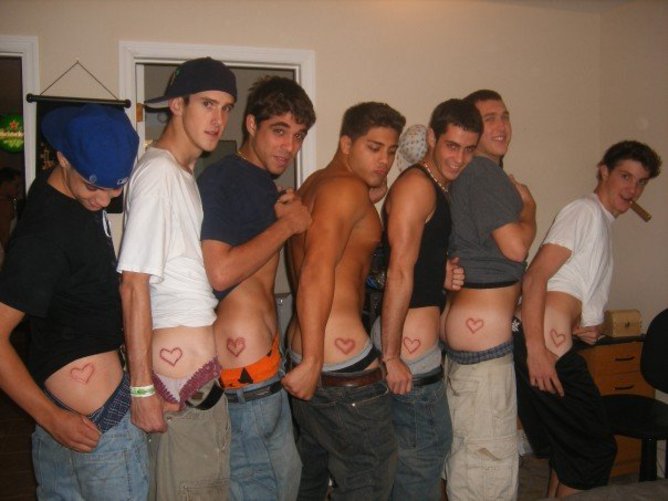

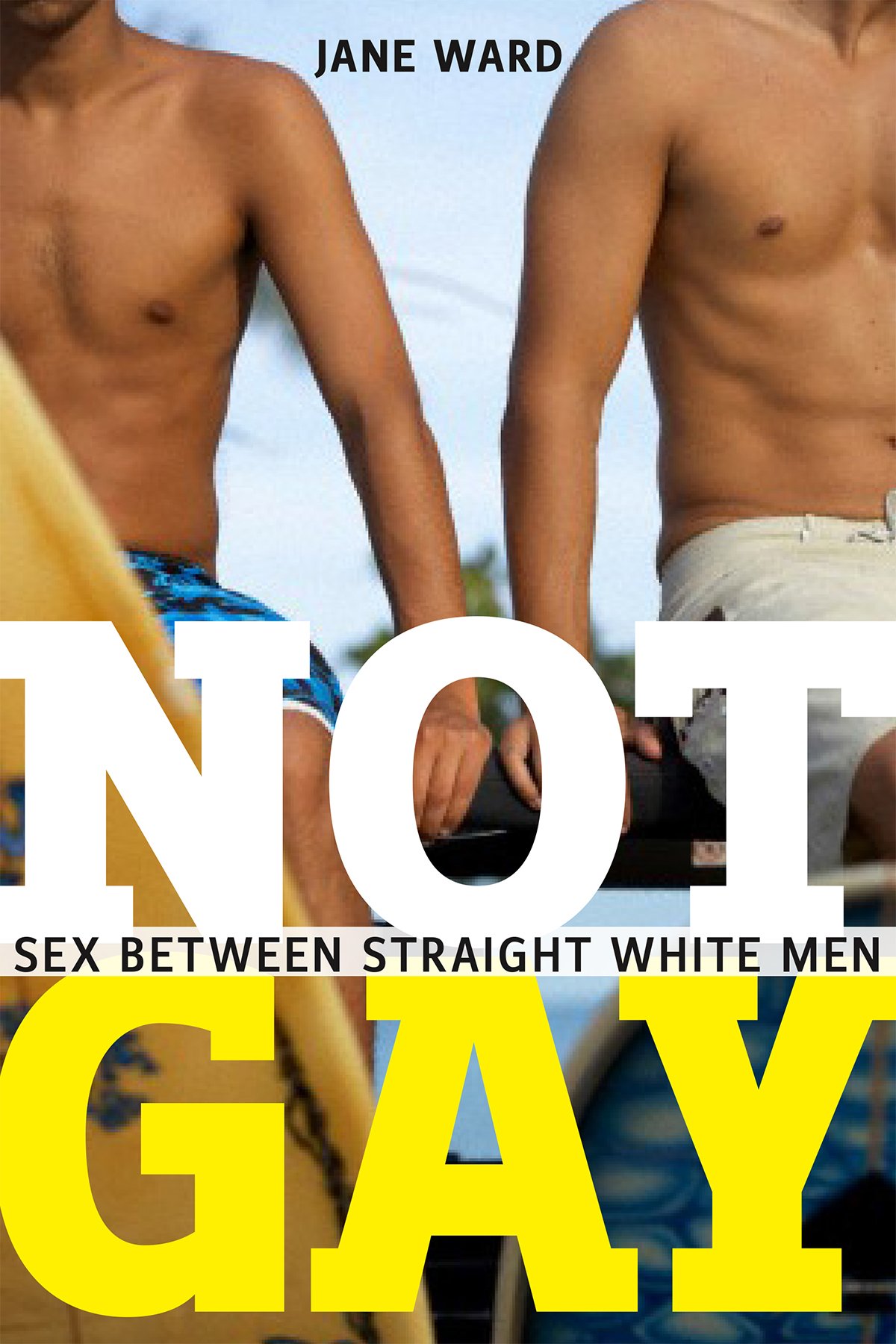
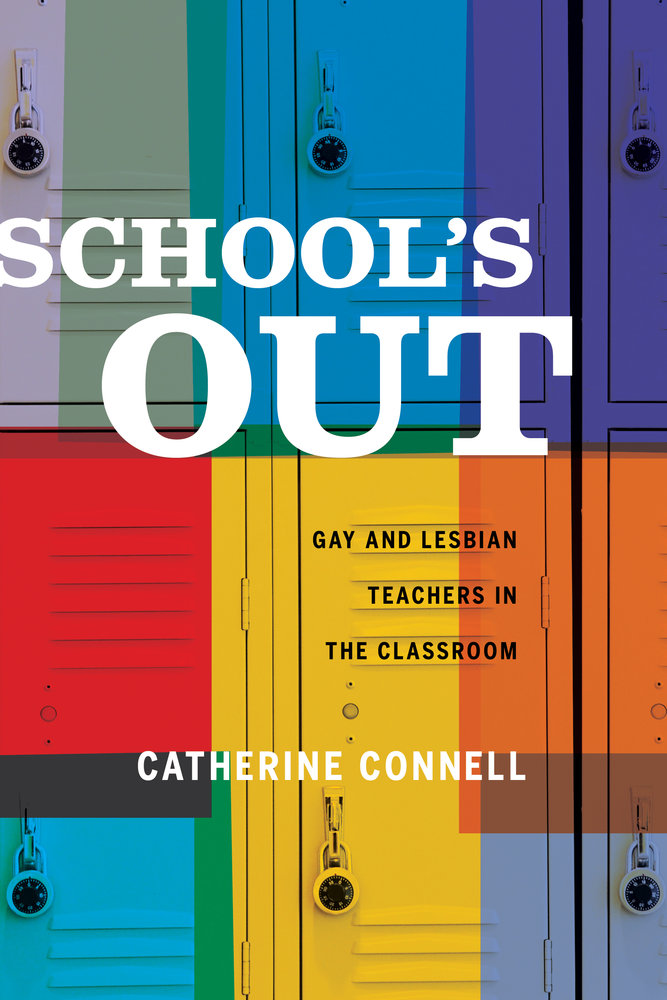 Their stories closely mirror those of the gay and lesbian teachers I interviewed for my recent book,
Their stories closely mirror those of the gay and lesbian teachers I interviewed for my recent book, 